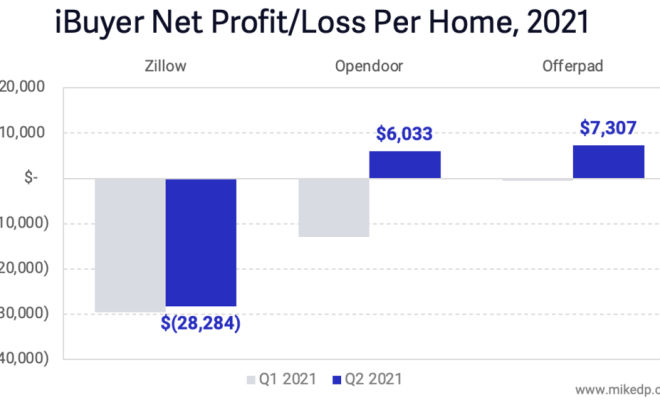LCD Panel

LCD or Liquid Crystal Display technology has revolutionized the world of screens and displays. From mobile devices to television screens and computer monitors, LCD panels have become an integral part of modern-day visual technology. This article will explore the science behind LCD panels and how they have shaped our digital world.
How LCD Panels Work:
LCD panels work by utilizing liquid crystal molecules that are sandwiched between two layers of transparent electrodes. These electrodes are arranged in a grid-like pattern, allowing for precise control of the electric field applied to the liquid crystal molecules. When voltage is applied to these electrodes, the liquid crystal molecules change their orientation in response to the electric field, effectively controlling the amount of light that can pass through.
Each liquid crystal molecule is associated with a pixel on the display, and this pixel consists of three subpixels – red, green, and blue (RGB). By controlling the voltage applied to each subpixel’s electrode, an LCD panel can produce millions of different colors by varying the intensity of red, green, and blue light passing through each subpixel.
Types of LCD Panels:
There are several different types of LCD panels available in the market today, each with their strengths and weaknesses. Some of these include:
1. Twisted Nematic (TN) Panels: TN panels are known for their fast refresh rates and low manufacturing costs. They’re prevalent in gaming monitors because they provide quick response times. However, they have lower color accuracy and limited viewing angles compared to other panel types.
2. In-Plane Switching (IPS) Panels: IPS panels offer better color accuracy and wider viewing angles than TN panels. They’re ideal for professional use, such as graphic design or photo editing; however, they tend to have slower refresh rates than TN panels.
3. Vertical Alignment (VA) Panels: VA panels strike a balance between the benefits of TN and IPS panels. They offer better color accuracy and viewing angles than TN panels but have slower refresh rates than IPS panels. VA panels also provide higher contrast ratios, making them suitable for watching movies or playing games.
Advantages of LCD Panels:
LCD panels offer several advantages over older display technologies, such as cathode-ray tube (CRT) monitors. Some of these include:
1. Thin and lightweight: LCD panels are much thinner and lighter than CRT monitors, making them easier to transport and install.
2. Lower power consumption: LCD technology is more energy-efficient compared to CRTs, resulting in lower power consumption and reduced electricity costs.
3. High resolution: LCD panels can produce sharp images with high resolutions, providing an enhanced visual experience to users.
4. Variety of sizes: LCD technology allows for a wide range of screen sizes, from small mobile devices to large televisions, accommodating various user preferences.
Conclusion:
LCD panel technology has come a long way since its inception and continues to be a popular choice for displays across various devices. It’s a dynamic field with constant innovations in areas like screen resolution, refresh rate, and power efficiency. As technology advances, we can expect to see even more significant improvements in the future of LCD panels – facilitating better user experiences in the digital world.






